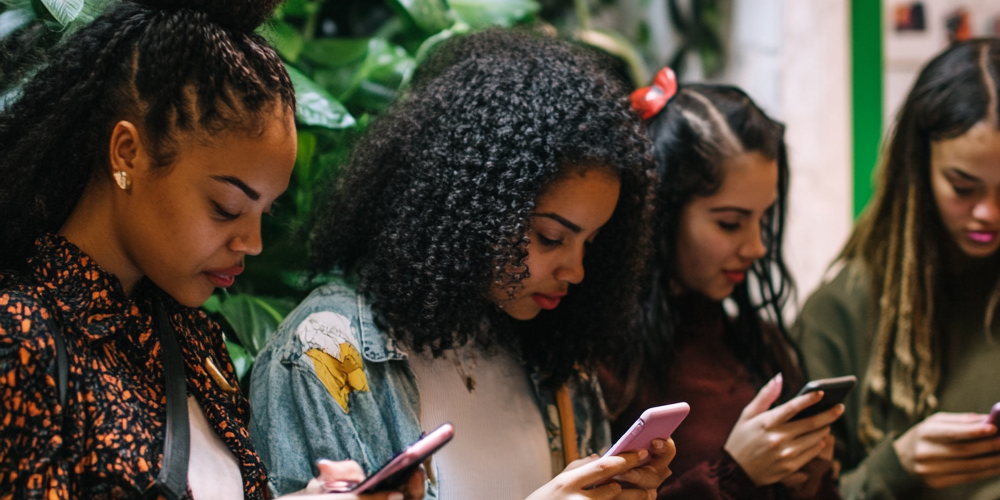The Birth of Twitter: A New Way to Share Information
Twitter was created by Jack Dorsey, Noah Glass, Biz Stone, and Evan Williams. Originally conceived as a short messaging service, it allowed users to send updates, or “tweets,” that were limited to just 140 characters. This brevity was a key component of Twitter’s early success, providing users with an easy way to share quick thoughts and observations. The character limit also meant that information was condensed, providing a snapshot of news, ideas, and opinions in an easily digestible format.
At its core, Twitter was designed as a real-time communication platform. Unlike traditional media, where there is often a delay in disseminating information, Twitter allowed users to post updates instantly and share them with their followers, creating a sense of immediacy. Over the years, Twitter’s focus on real-time updates helped distinguish it from other platforms like Facebook and Instagram, making it the go-to source for breaking news and live updates.
The Rise of Twitter as a News Source
In the early years, Twitter was mainly used for personal updates, sharing trivial observations, or communicating with friends. However, its potential as a news source became evident when major events began unfolding in real-time and users began turning to Twitter to share information. The platform became especially powerful during events such as natural disasters, political upheavals, and public emergencies, where news coverage was often slow to reach the public.
Twitter and the Arab Spring
One of the most significant moments in Twitter’s history came during the 2011 Arab Spring, where the platform played a central role in spreading information and organizing protests. In countries like Egypt, Tunisia, and Libya, where media was heavily censored, Twitter became a lifeline for citizens looking to communicate with the outside world. Protestors used hashtags like #Jan25 to organize and spread news of protests against oppressive regimes. The real-time nature of Twitter allowed the world to witness events unfold as they happened, something that traditional media could not replicate.

Breaking News in Real-Time
Twitter’s role in breaking news became even more evident during major events like the 2011 Japanese tsunami and the 2016 US election. Journalists and citizens alike began tweeting updates as they occurred, sometimes outpacing traditional media outlets. Hashtags like #BreakingNews and #LiveUpdates became ubiquitous, and news organizations began using Twitter as an essential tool to cover stories in real-time. The platform was increasingly viewed as an essential tool for journalists to gather information, share breaking news, and engage with their audiences.
Twitter’s Role in Shaping Social Movements
One of Twitter’s most remarkable attributes is its ability to empower individuals and groups to organize and mobilize around causes, even with limited resources. By enabling users to share ideas, raise awareness, and create viral movements, Twitter has become a critical tool for social and political change.
The #MeToo Movement
In 2017, Twitter played a key role in the #MeToo movement, which gained momentum as survivors of sexual harassment and assault began sharing their stories. The hashtag #MeToo went viral, and within days, millions of people worldwide had shared their experiences. Twitter allowed for a space where people could share their personal stories, raise awareness, and organize protests and actions, ultimately leading to a global conversation about sexual harassment and inequality.
Black Lives Matter
Similarly, Twitter has been a crucial platform for the Black Lives Matter (BLM) movement, which began in 2013 after the acquittal of George Zimmerman in the shooting death of Trayvon Martin. The hashtag #BlackLivesMatter spread rapidly on Twitter and became a rallying cry for those fighting against police violence and systemic racism. Twitter allowed BLM activists to organize protests, share videos and images of police brutality, and engage with a global community in real-time, making it a powerful tool for advocacy and social justice.
Twitter’s Instantaneous Impact on Politics
Twitter’s real-time nature has also made it an essential tool in the political sphere. Politicians, activists, and public figures use Twitter to communicate directly with the public, bypassing traditional media filters. This has transformed the way campaigns are run, how political discourse happens, and how political leaders interact with citizens.
The Trump Era
Perhaps the most prominent example of Twitter’s influence in politics was during Donald Trump’s presidency. Trump famously used Twitter to communicate directly with his followers, making announcements, criticizing opponents, and even setting political agendas. His tweets often made headlines, setting the tone for the political conversation of the day. Twitter’s immediacy allowed Trump to bypass traditional press conferences and media outlets, allowing him to speak directly to his supporters.
Campaigns and Real-Time Strategy
In modern political campaigns, Twitter has become a key component of strategy. During elections, candidates use Twitter to communicate their positions, rally supporters, and attack opponents. The platform also serves as a venue for political debate, where supporters and detractors can engage with candidates and each other. In many ways, Twitter has become the public square for modern political discourse, shaping opinions and influencing voter behavior.
Twitter’s Influence on Journalism
In addition to shaping political and social movements, Twitter has significantly impacted journalism. The speed at which news is shared on Twitter has created an environment where journalists must compete to break stories in real time.

Breaking Stories Faster Than Traditional Media
In many cases, Twitter has become the first place where major news breaks. Journalists use Twitter to post real-time updates, share breaking stories, and engage with readers. Twitter also serves as a platform for citizen journalism, where ordinary people can share firsthand accounts of events as they happen. In some cases, news outlets have relied on Twitter to gather information and verify events as they unfold. This shift has changed how news is consumed, with audiences increasingly turning to Twitter for the most up-to-date information.
The Rise of Hashtags in Journalism
Hashtags have played a significant role in organizing and categorizing information on Twitter. News outlets often use hashtags to help audiences follow specific stories or movements, such as #COVID19 for updates on the pandemic or #Election2024 for political news. Hashtags create a way to track real-time conversations and gather collective insights about important events. They also enable users to find relevant content quickly and easily, increasing the accessibility of news.
Conclusion: The Enduring Power of Twitter
From breaking news to social movements and political discourse, Twitter has cemented its position as a powerful tool for real-time communication. Its ability to instantly connect individuals, share information, and spark global conversations has made it a go-to platform for everything from reporting the news to advocating for social change. In a world where speed and immediacy matter more than ever, Twitter continues to shape the way we communicate and consume information.
As we move into the future, Twitter’s influence is likely to grow even stronger. The platform’s focus on real-time engagement will remain central to its identity, and its role in shaping public discourse will continue to be a driving force in the digital age. Whether you’re following the latest political developments, tracking a global crisis, or engaging in social activism, Twitter remains a vital tool for communicating in real-time.